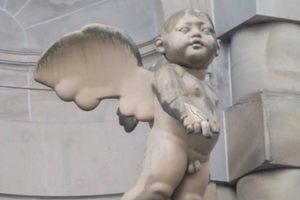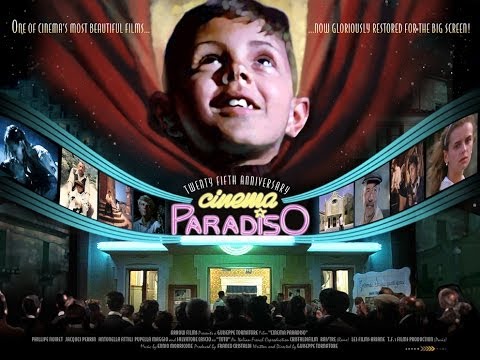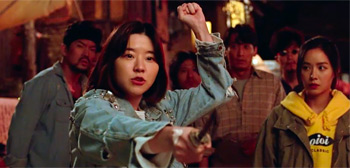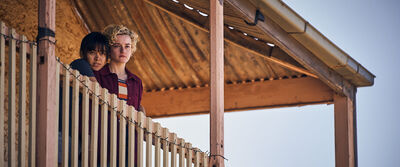The Trongate Cherub in Glasgow, Scotland

On the southwestern corner of Merchant City, a hip and prosperous suburb of Glasgow, resides a medieval building known as the Trongate.
This juncture also happens to be the home of the Trongate Theatre, which opened its doors in the early 1980s. Formerly an 18th-century church, it’s now a modern award-winning performance venue. In 1998, the entire space underwent a restoration that introduced two newly created pieces of modern art.
The sculptures are entitled “Cherub” and “Skull.” They are the work of Scottish-born artist Kenny Hunter. The individual pieces are composed of bronze and designed to mark the building as a theatre. The sculptures also memorialize the building’s roots as a house of worship, and are often interpreted as representing both life and death.
There are several other pieces of Hunter’s located throughout Glasgow. He is also responsible for the “I Goat,” and the bust of Sir Patrick Geddes in Edinburgh.
The “Cherub” is adjacent to a Reformation period building known as the Tron kirk, which is Grade A listed. Along with its impressive 16th-century clock tower, they formed an area that became known as the Trongate. “Tron” or “trone” is an ancient Scottish expression for scales. Due to its proximity to the River Clyde, this building was used to weigh and tax all the goods arriving into the city before being hauled off to market.
It has been reported that several unscrupulous merchants who cheated the taxation system either had their noses pinched or ears removed for their thievery. It’s believed the ears were then nailed to the building’s posts.





